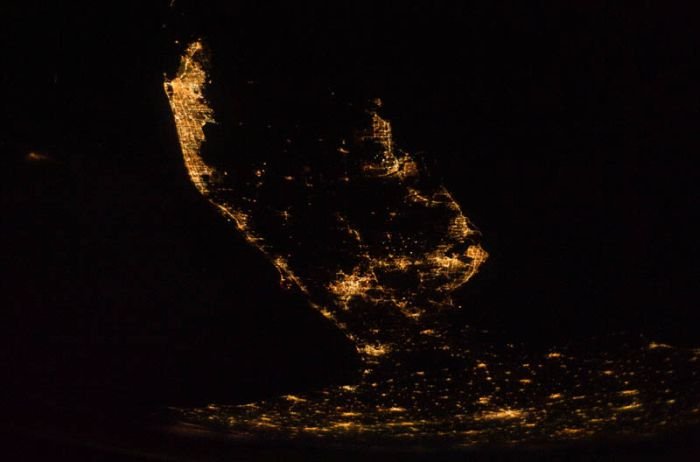|
|
Our Planet At Night
|
The disappearance of sunlight, the primary energy source for life on Earth, has dramatic impacts on the morphology, physiology and behavior of almost every organism. Some animals sleep during the night, while other nocturnal animals including moths and crickets are active during this time. The effects of day and night are not only seen in the animal kingdom alone; plants have also evolved adaptations to cope best with the lack of sunlight during this time. For example, crassulacean acid metabolism is a unique type of carbon fixation which allows photosynthetic plants to store carbon dioxide in their tissues as organic acids during the night, which can then be used during the day to synthesize carbohydrates. This allows them to keep their stomata closed during the daytime, preventing transpiration of precious water.
As artificial lighting has improved, especially after the Industrial Revolution, night time activity has increased and become a significant part of the economy in most places. Many establishments, such as nightclubs, bars, convenience stores, fast-food restaurants, gas stations, distribution facilities, and police stations now operate 24 hours a day or stay open as late as 1 or 2 a.m. Even without artificial light, moonlight sometimes makes it possible to travel or work outdoors at night. The phrase "The night is young" refers to the period when the sun is below the horizon and not the period before midnight.
|
|









